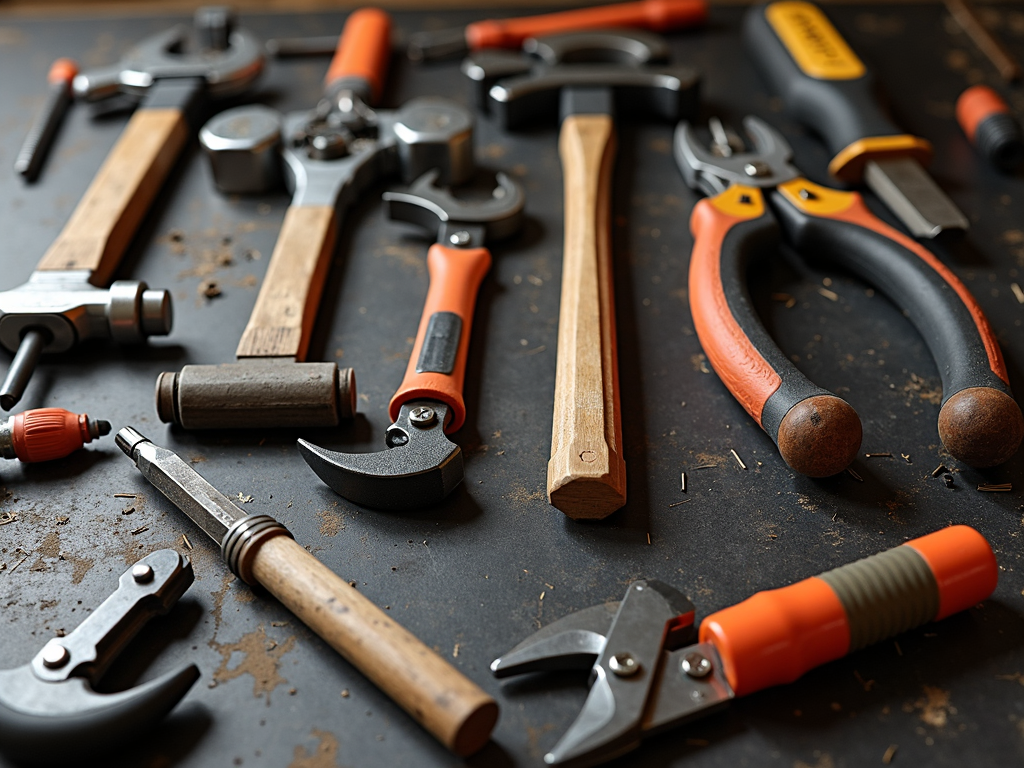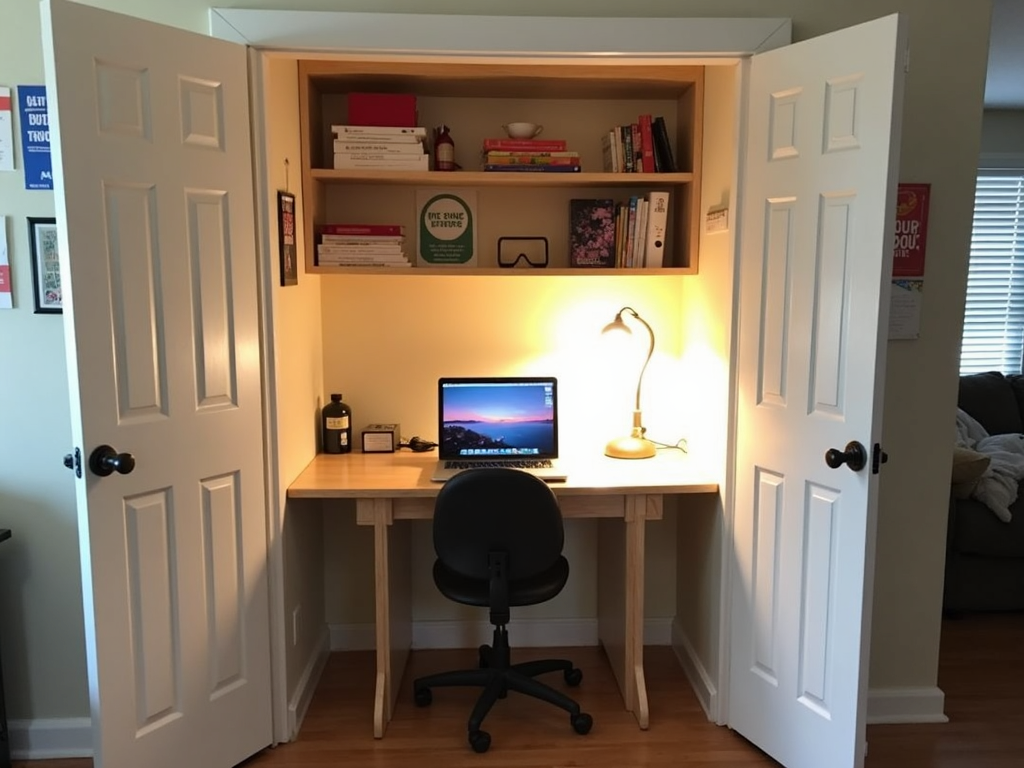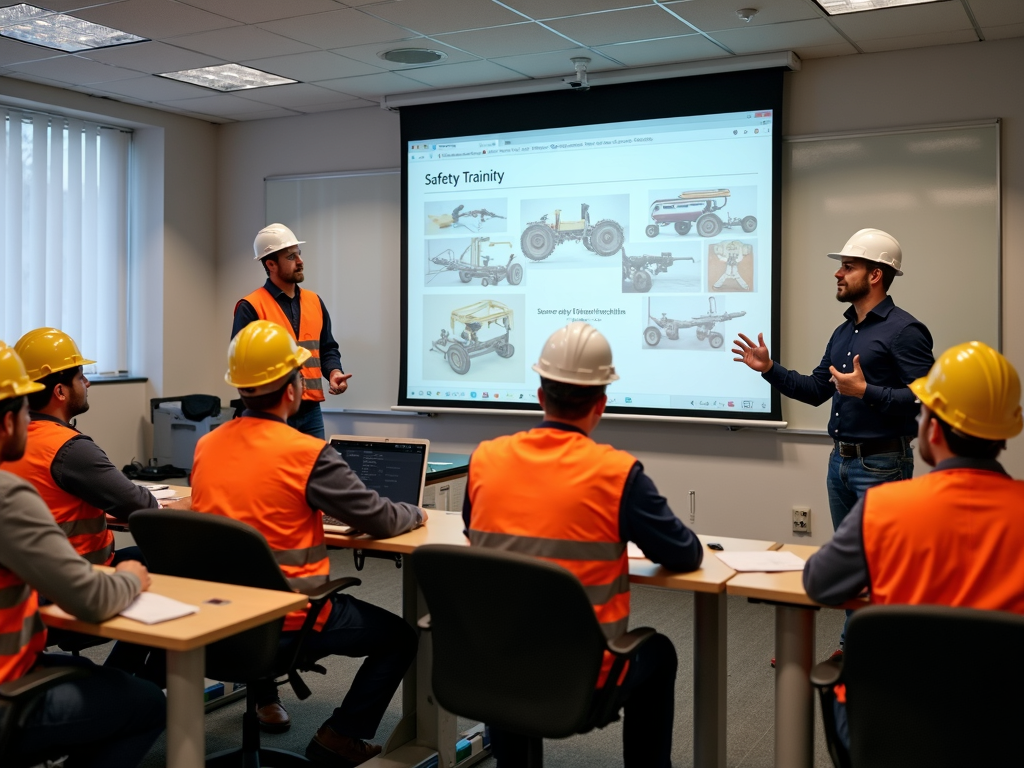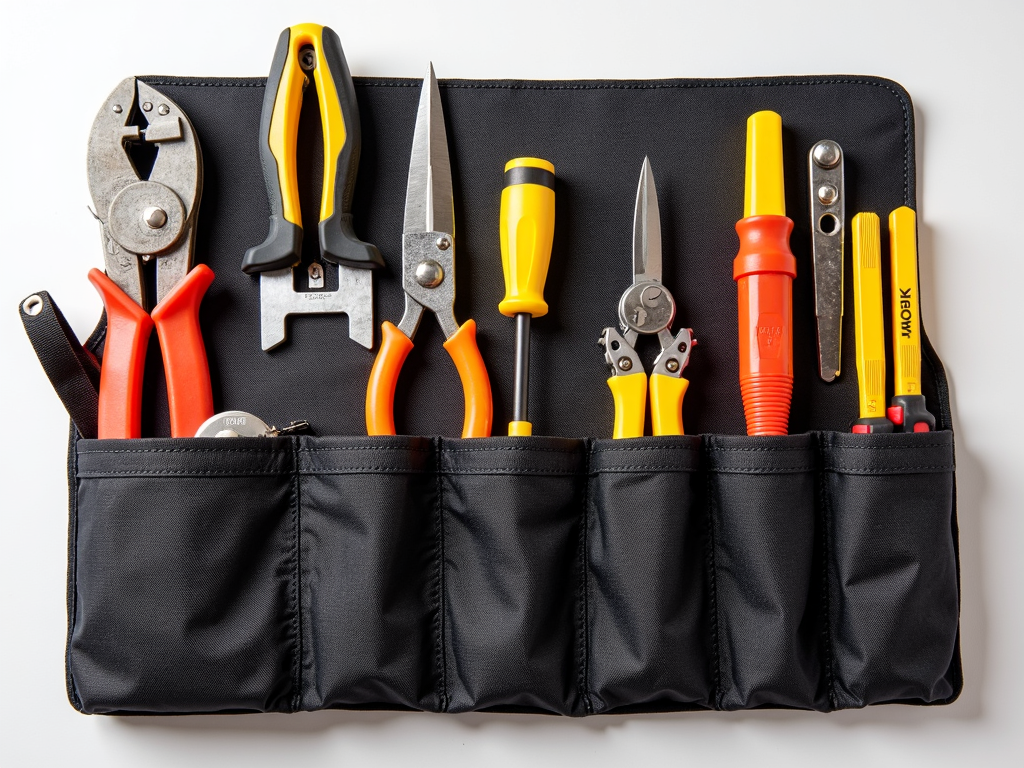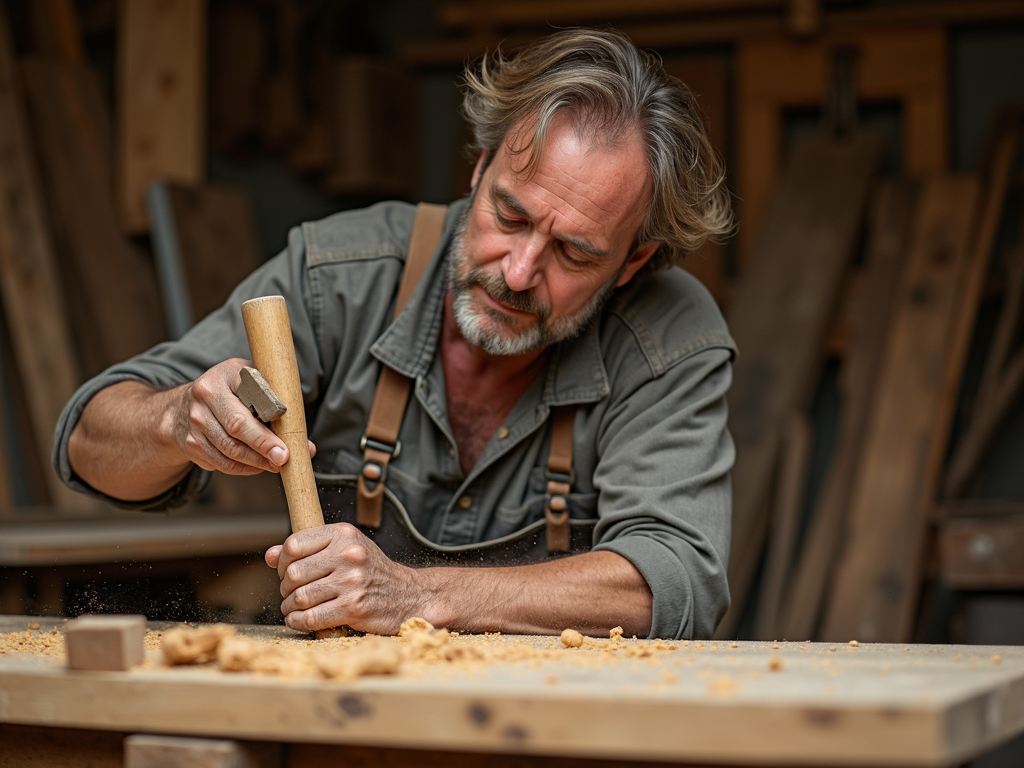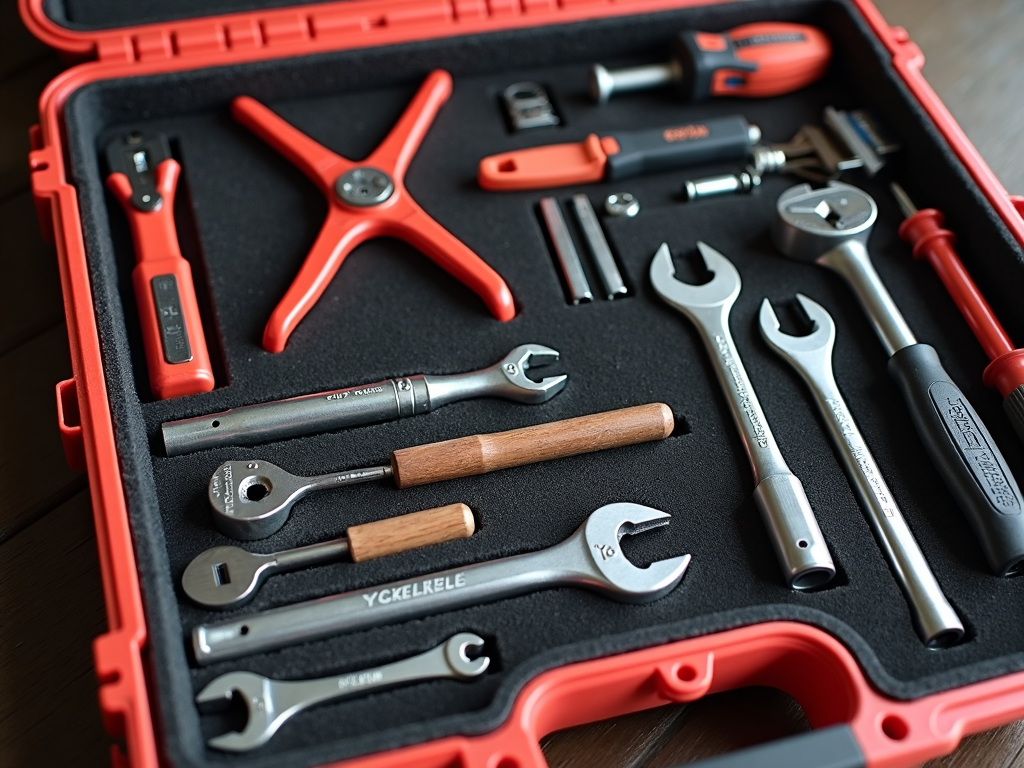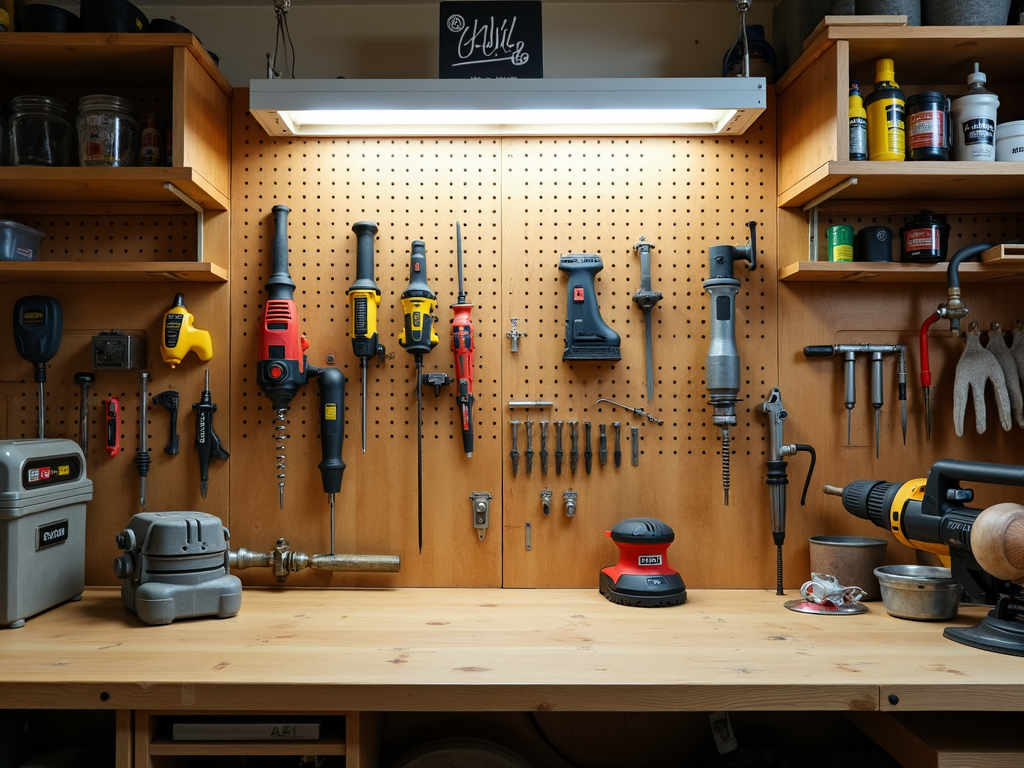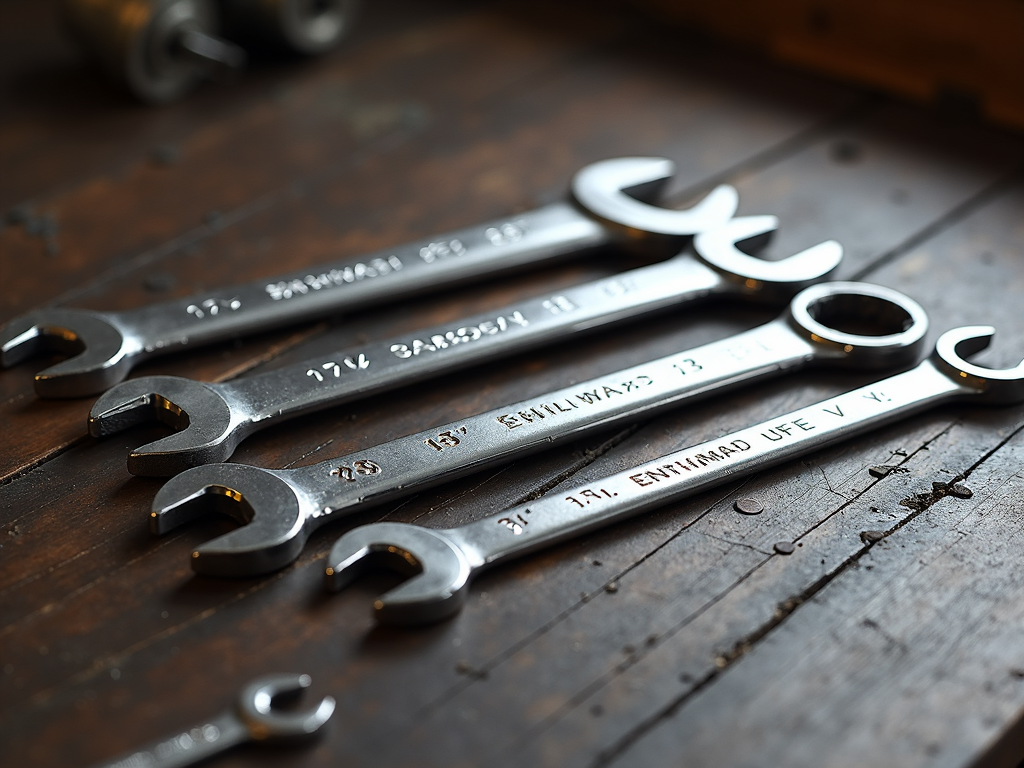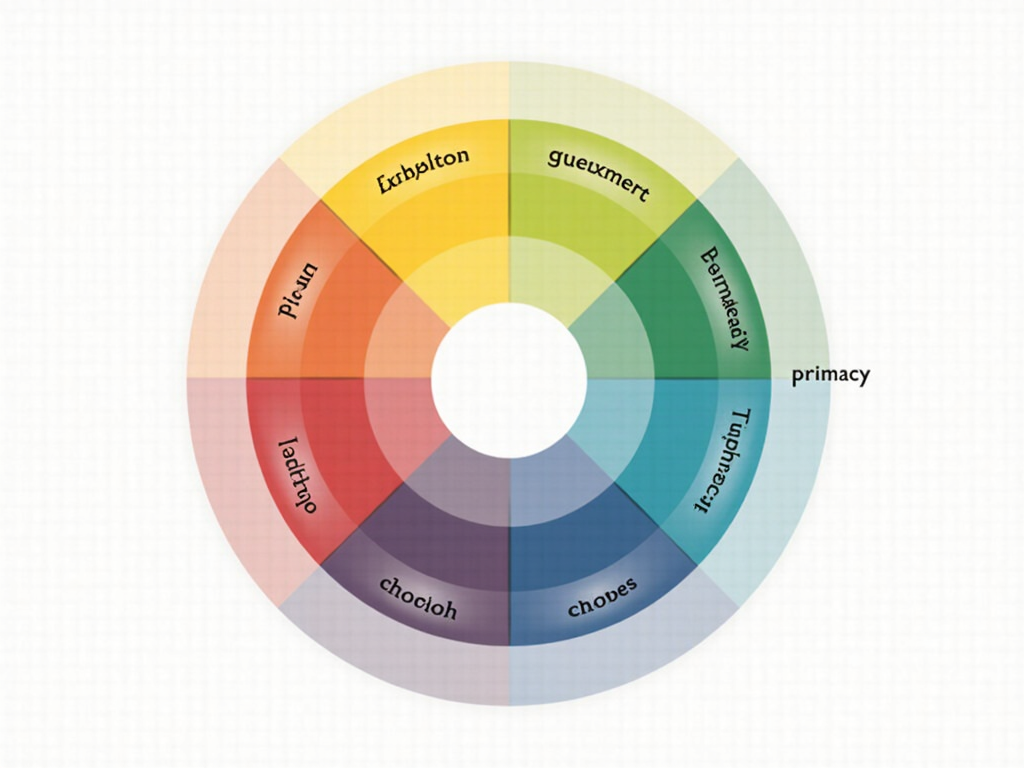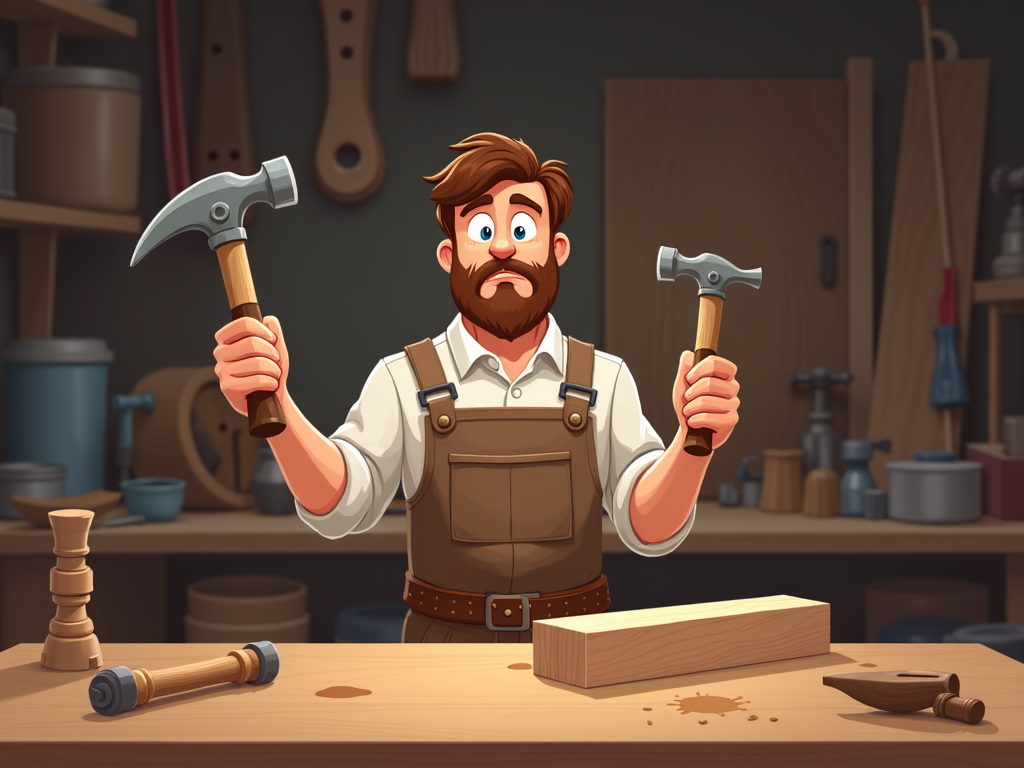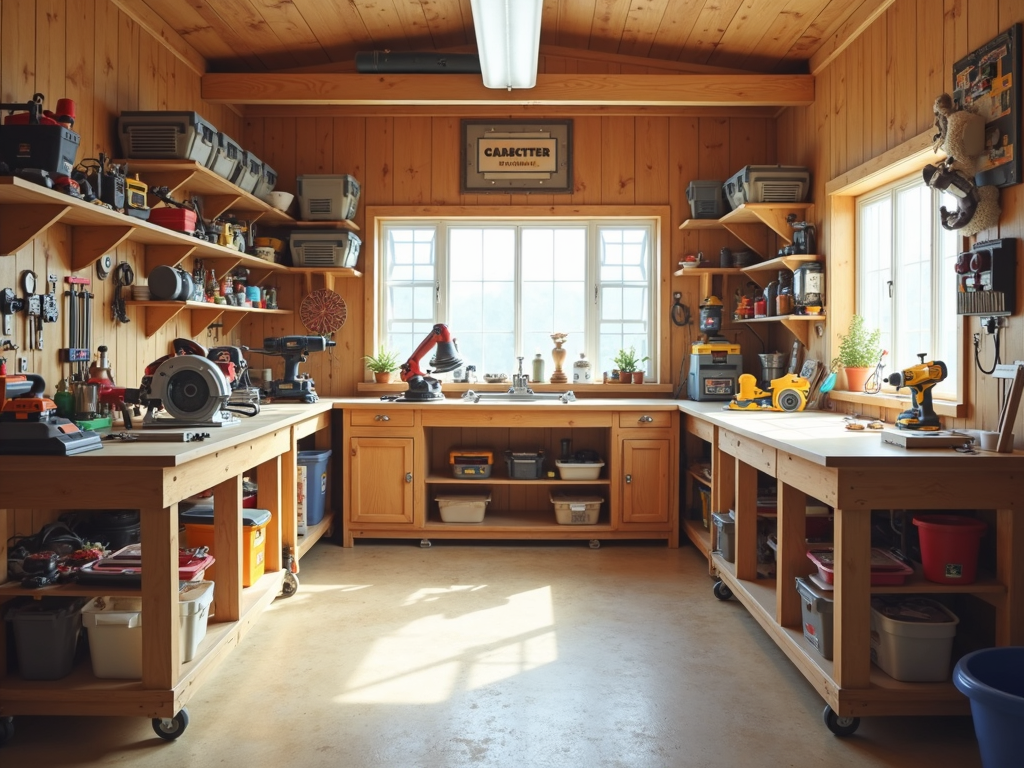Power drills are versatile tools that can make many tasks easier, but they can also be dangerous if not used properly. For beginners, understanding and following safety tips is crucial to prevent accidents and injuries. This article provides essential safety advice for those new to using power drills, covering everything from choosing the right drill to proper operation and maintenance.
Choosing the Right Power Drill
When starting out with power drills, it's important to choose a model that matches your skill level and the types of projects you plan to undertake. There are several types of power drills available, each with its own strengths and weaknesses.
- Corded Drills: These are powerful and reliable, ideal for heavy-duty tasks. However, they require a power outlet and can be less maneuverable due to the cord.
- Cordless Drills: These offer greater portability and are suitable for most beginner projects. They are powered by rechargeable batteries, so make sure to choose one with a battery that lasts long enough for your needs.
- Hammer Drills: These are designed for drilling into hard materials like concrete. They are more advanced and may not be necessary for beginners.
For beginners, a cordless drill with variable speed settings and a keyless chuck is often the best choice. It provides flexibility and ease of use, allowing you to tackle a variety of projects without being tethered to a power outlet.
When selecting a drill, consider the following factors: - Power: Measured in volts for cordless drills or amps for corded drills. Higher power means more torque, which is useful for tougher materials. - Speed: Look for drills with variable speed settings to handle different tasks. - Chuck Size: The chuck holds the drill bit. A 3/8-inch chuck is standard for most home projects. - Ergonomics: Choose a drill that feels comfortable in your hand and is not too heavy.
Personal Insight: When I first started using power drills, I chose a lightweight cordless model with a comfortable grip. It made learning easier and less intimidating.
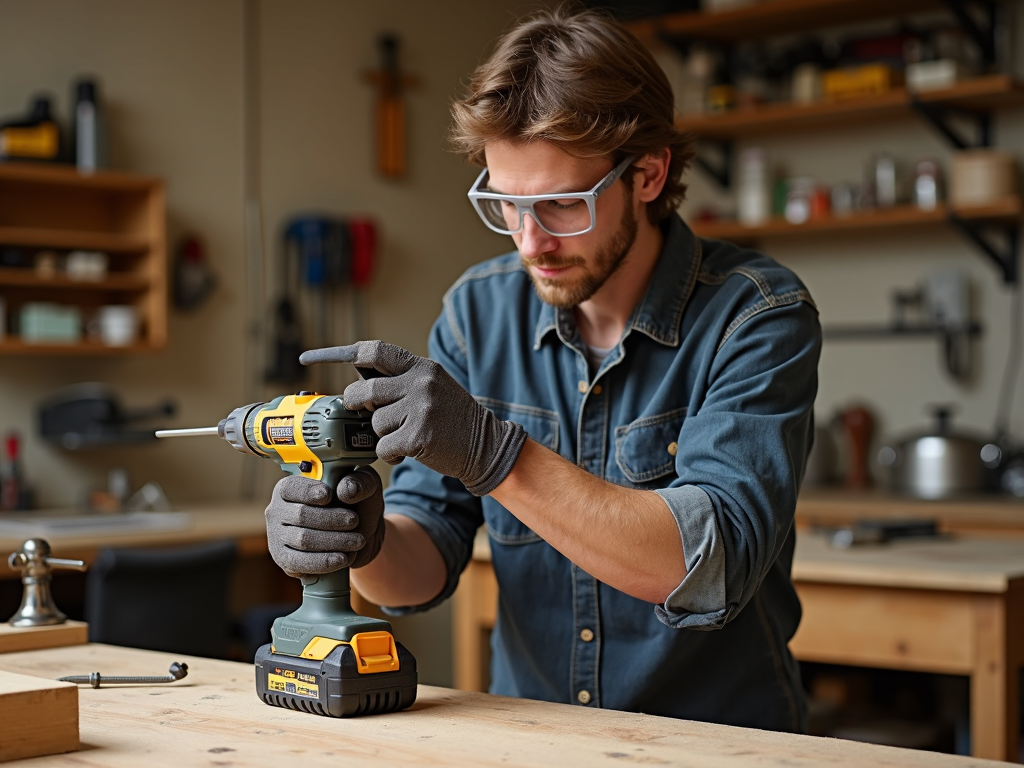
Basic Safety Precautions
Safety should always be the top priority when using power tools. Here are some essential safety tips for beginners:
- Wear Protective Gear:
- Safety glasses to protect your eyes from debris.
- Gloves to protect your hands.
- Ear protection if the drill is loud.
-
Avoid loose clothing or jewelry that could get caught in the drill.
-
Secure the Workpiece:
- Use clamps or a vise to hold the material steady.
-
Never hold the workpiece with your hands while drilling.
-
Check the Drill and Bits:
- Ensure the drill is in good working condition.
- Use the correct drill bit for the material you're working with.
-
Make sure the bit is sharp and properly inserted.
-
Work in a Well-Lit Area:
-
Good lighting helps you see what you're doing and avoid mistakes.
-
Keep the Workspace Clean:
- Remove any obstacles or clutter that could cause accidents.
Personal Insight: I once forgot to secure a piece of wood properly, and it spun out of control when I started drilling. Luckily, I was wearing safety glasses, which protected my eyes from flying debris.

Operating the Drill Safely
Using a power drill correctly is key to avoiding accidents. Here are some tips for safe operation:
- Start with a Pilot Hole:
-
For larger holes, start with a smaller drill bit to create a pilot hole. This helps guide the larger bit and prevents it from slipping.
-
Apply Steady Pressure:
- Let the drill do the work. Don't force it through the material.
-
Use a slow, steady speed to maintain control.
-
Avoid Overheating:
- If the drill or bit gets too hot, stop and let it cool down.
-
Overheating can damage the drill and the material.
-
Be Mindful of the Cord:
- For corded drills, keep the cord away from the drilling area to avoid cutting it.
-
For cordless drills, ensure the battery is charged and properly inserted.
-
Use the Right Technique:
- Hold the drill with both hands for better control.
- Keep your body positioned to the side, not directly behind the drill.
Personal Insight: I learned the hard way that forcing the drill can lead to broken bits and damaged materials. Taking my time and letting the drill work at its own pace has saved me a lot of frustration.
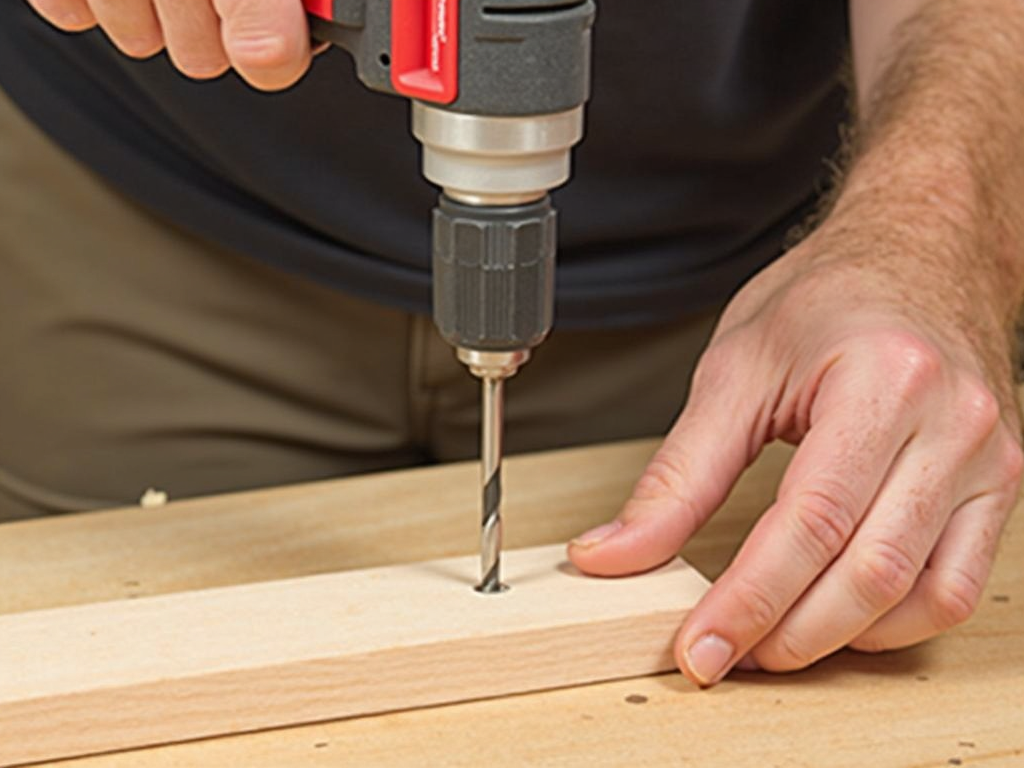
Maintenance and Storage
Proper maintenance and storage of your power drill can extend its life and ensure it remains safe to use.
- Clean the Drill:
- After each use, wipe down the drill to remove dust and debris.
-
Check the chuck and tighten if necessary.
-
Inspect the Cord or Battery:
- For corded drills, check the cord for any damage.
-
For cordless drills, ensure the battery is charged and stored properly.
-
Store Properly:
- Keep the drill in a dry, cool place.
-
Use a case or hang it on a pegboard to prevent damage.
-
Regular Maintenance:
- Follow the manufacturer's instructions for lubrication and part replacement.
- Have the drill serviced if you notice any issues.
Personal Insight: I make it a habit to clean my drill after every project. It only takes a few minutes and helps keep it in top condition.
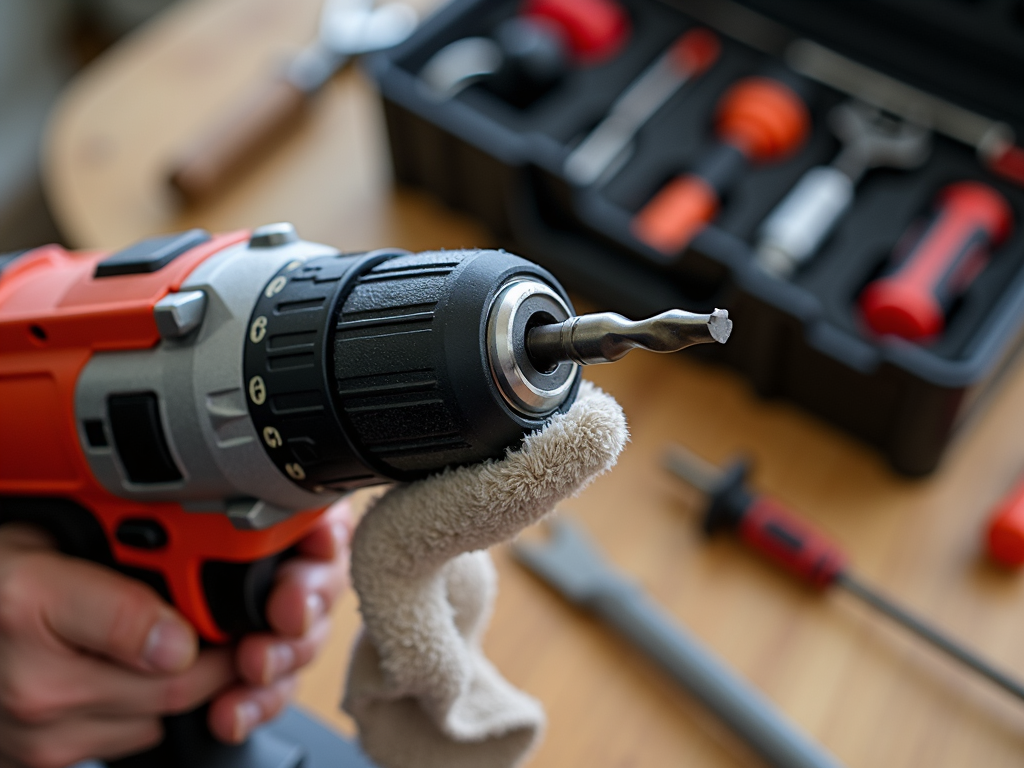
Summary
Using a power drill can be safe and rewarding if you follow these essential tips: choose the right drill for your needs, always wear protective gear, secure your workpiece, operate the drill correctly, and maintain it properly. By taking these precautions, beginners can confidently tackle their projects while minimizing the risk of accidents.
Related Power Drill Safety Tips for Beginners:
- Modern Workman Tools with Ergonomic Design: Comfort Meets Efficiency
- Tips for Setting Up a Productive Home Office
- 10 Essential Tools for Your Workshop
- Training Programs for Construction Workers: Enhancing Safety and Skills
- Essential Workman Tools for Electricians and Plumbers: A Comprehensive Guide
- Top 10 Must-Have Tools for Every Workshop: A Comprehensive Guide
- Top-Quality Workman Tools Every Contractor Needs
- Workshop Safety Tips for Power Tool Users: A Comprehensive Guide
- How to Choose the Right Wrench Size: A Comprehensive Guide
- Color Theory 101: Understanding the Basics
- Steer Clear of These Beginner Woodworking Errors: A Guide to Safe and Successful Projects
- Essential Power Tools for Woodworking
